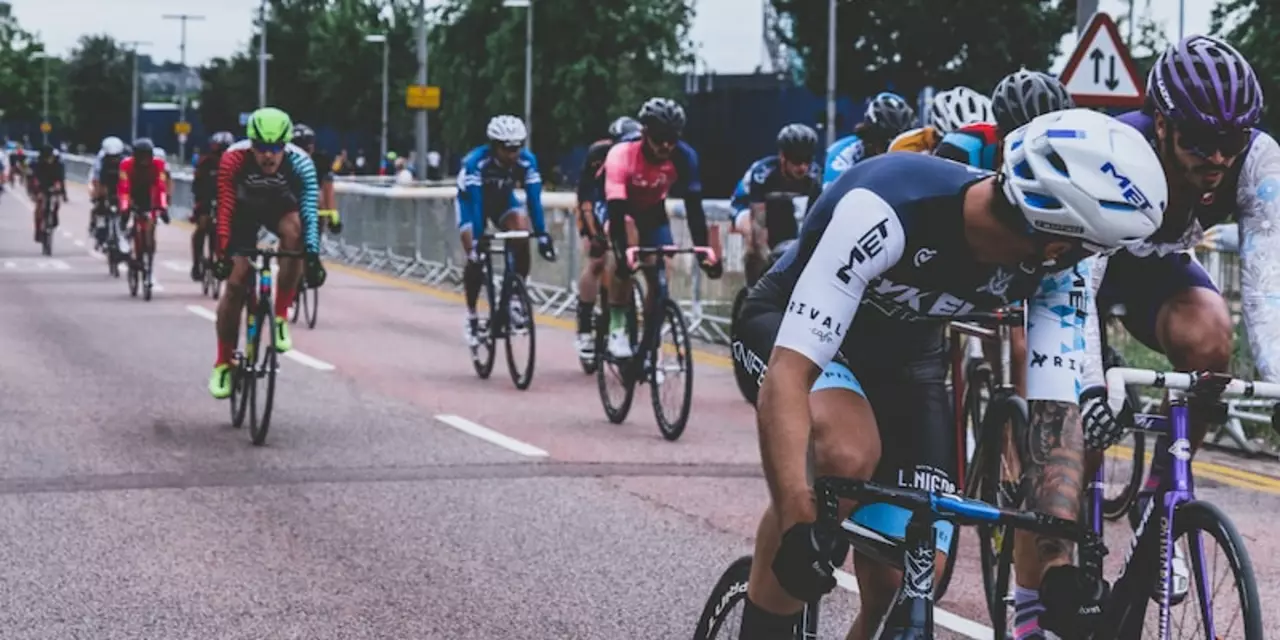SEARCH
Miles per Hour: Measuring and Improving BMX Speed
Ever wondered exactly how fast you’re rolling on the track? Knowing your miles per hour (MPH) gives you a clear number to chase, whether you’re training for a race or just want to feel the rush. It’s not rocket science – a few simple tools and a few tweaks to your bike can turn a vague feeling of speed into a real, measurable goal.
How to calculate MPH on a BMX
First, you need a way to record distance and time. A smartphone GPS app works fine for most riders. Open the app, start a ride, and ride a set distance – a lap, a straight‑away sprint, or a known section of the park. When you finish, the app will show you the distance covered (in miles) and the total time.
Now do the math: MPH = distance (miles) ÷ time (hours). If your app gives you minutes, just divide the minutes by 60 before you calculate. For example, if you ride 0.2 miles in 12 seconds, that’s 0.2 ÷ (12/3600) = 60 MPH. It sounds high, but BMX sprint bursts can hit impressive numbers.
If you don’t have a GPS, a bike computer with a speed sensor does the job. Mount the sensor on the front fork, set the wheel size in the computer, and you’ll get a live MPH readout. Even a simple bike odometer can work; just record the time it takes to travel a known distance and run the same formula.
Tips to increase your BMX miles per hour
1. Clean up your bike. A dirty chain, misaligned brakes, or low tire pressure adds friction. Spray the chain, check the bearings, and inflate the tires to the recommended psi for the surface you ride on.
2. Lighten the load. Swap heavy components for lighter ones – a carbon fork, lightweight wheels, or a stripped‑down seat post. Every gram you shave off helps the wheels spin faster.
3. Choose the right gear. BMX bikes have a single gear, but you can change the chainring or cog to alter the gear ratio. A larger front chainring or smaller rear cog gives a higher top speed, though it requires more pedal power.
4. Work on your pedal technique. Powerful, smooth pedal strokes translate to higher RPMs. Practice standing pedaling for short bursts, then roll back into a seated position to keep speed consistent.
5. Aerodynamics matter. Keep your body low and relaxed. Tuck your elbows, lean forward, and avoid flailing arms. Even a small reduction in wind resistance can add a few MPH on a straight sprint.
6. Train your sprint. Interval workouts – 10 seconds max effort, 50 seconds easy, repeat 10 times – improve your fast‑twitch muscles. As your power output rises, your MPH climbs too.
Finally, track your progress. Record your MPH after each session and note what you changed – a new tire pressure, a gear swap, a different sprint routine. Seeing the numbers move up keeps you motivated and shows which tweaks actually work.
Speed isn’t just about raw power; it’s a mix of bike setup, technique, and smart training. By measuring your miles per hour and applying these simple tips, you’ll watch your BMX performance jump in a way that feels both exciting and measurable.

What speed do Tour de France cyclists average?
The Tour de France is an annual multiple stage bicycle race held in France, and considered to be one of the most prestigious races in the world. The average speed of cyclists during the Tour de France is between 25 and 28 kilometers per hour (15.5 to 17.4 miles per hour). This is faster than the average speed of a recreational cyclist, which is usually around 18 kilometers per hour (11.2 miles per hour).
Continue reading